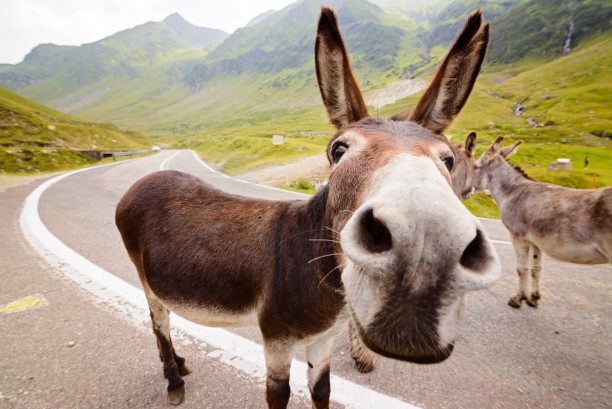Romania is not exactly the greatest example of an attractive destination for tourists. According to the data from Eurostat 2015, Romania is one of the least visited countries in the EU, beating only much smaller countries in the Baltic. The post-communist country has many issues preventing it from becoming more dominant on the travel market. However, many issues are not dealt with sufficiently and some are not dealt with at all. Thus, the Romanian tourism industry is currently stagnating.
Generally, it is considered that Romania and its capital Bucharest have something of an image problem. The country has never been able to attract masses of tourists like other post-communist European capitals such as Prague, Warsaw or Budapest. This is why the authorities are trying to find a solution to this problem and seem to have identified social media as a sufficient weapon.
Lack of Image
100 international bloggers, vloggers, Snapchatters and Instagrammers were invited to the Experience Bucharest Conference on May 12 to rescue Romanian tourism.
“People now choose hotels, restaurants, destinations based on what they read on social media, what reviews they have,” Tudor Maxim, organizer of the conference stressed. The aim of the conference was to position Bucharest and Romania as one of the preferred destinations in Eastern Europe.
Razvan Pirjol, president of the Bucharest Tourism Board, meanwhile notes that Bucharest is growing in terms of tourism. There are 11,700 rooms in 171 hotels and 4,000 restaurants in the Romanian capital. This represents a growth of around 5% per year since 2011. Though Pirjol himself admits that the city and the country need much more marketing.
But issues with the image of the country are not the only thing making Romanian tourism industry suffer. According to the World Economic Forum (WEF) and its Travel & Tourism Competitiveness Index, where Romania is ranked 68th out of 136, there are many other aspects dragging Romanian tourism down.
For example, there is a serious lack of human resources on the labor market, as there are few skilled employees that could contribute to the industry. Moreover, the quality of transport infrastructure, as well as tourist service infrastructure, is at a very poor level. Authorities are also not keen enough to priorities the tourism sector, despite the country’s potential.
Bulgaria Far Ahead
Compared to Romania, its southern neighbor Bulgaria is doing much better when it comes to tourism. The country welcomed approximately 7 million tourists in 2016, compared to Romania’s 2.2 million, and all despite the fact that Bulgaria is a significantly smaller market. The tourism sector in Bulgaria accounts for 3.3% of the country’s GDP, while Romania’s tourism accounts for 1.3% only.
Other figures in the WEF’s Index confirm Bulgaria’s strengths: there is a high level of tourism infrastructure and environmental sustainability. But it must be said that in some things, Bulgaria has similar issues to Romania. For example, air transport and ground and port infrastructure are subpar. In addition, prioritization of the tourism industry is not sufficient considering the immense potential of the coastal state. However, compared to their northern neighbor, the situation of the tourism industry in Bulgaria is relatively decent.

Dubious Governmental Decisions
Earlier this month the Romanian government announced that the country’s tourism promotion offices abroad will be closed and their employees will return back. The Romanian tourism ministry plans to reorganize its offices. This includes not only changes to the organization chart, but also shutting down the Ministry’s representations abroad.
Discrepancies in expenditure of allocated funds have caused the Ministry to attempt the reorganization. In view of a better future, the government wants Romania’s promotion in foreign markets to be done “correctly, coherently and efficiently”. It remains to be seen what the long-term effect of this closure shall be. But in the near future, also considering the country’s stagnating tourism sector, this will probably not be the medicine needed to heal the wound.